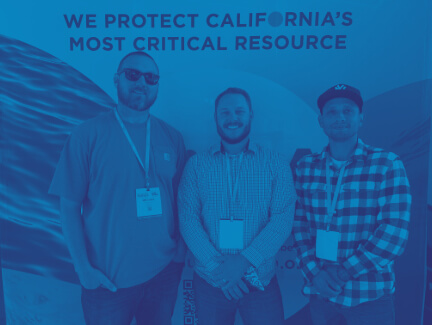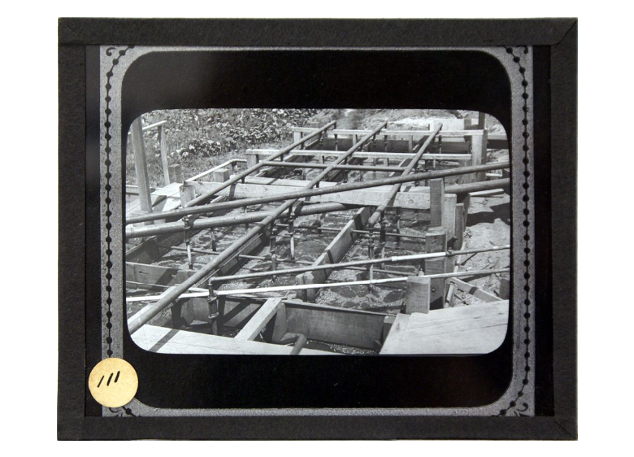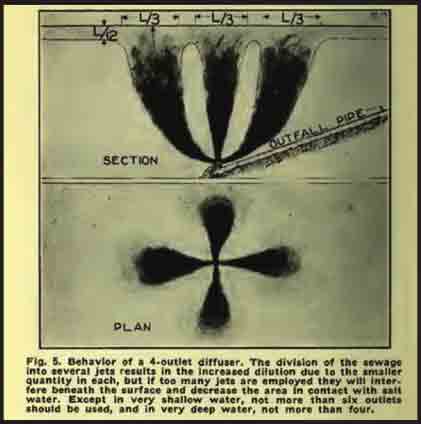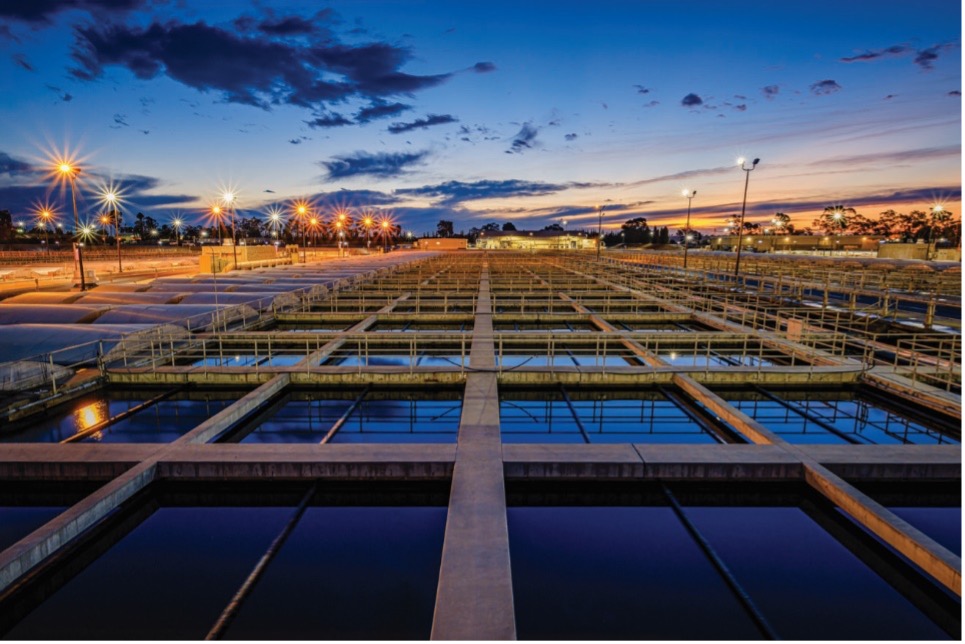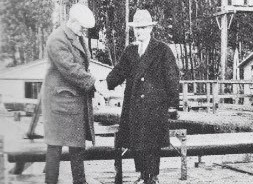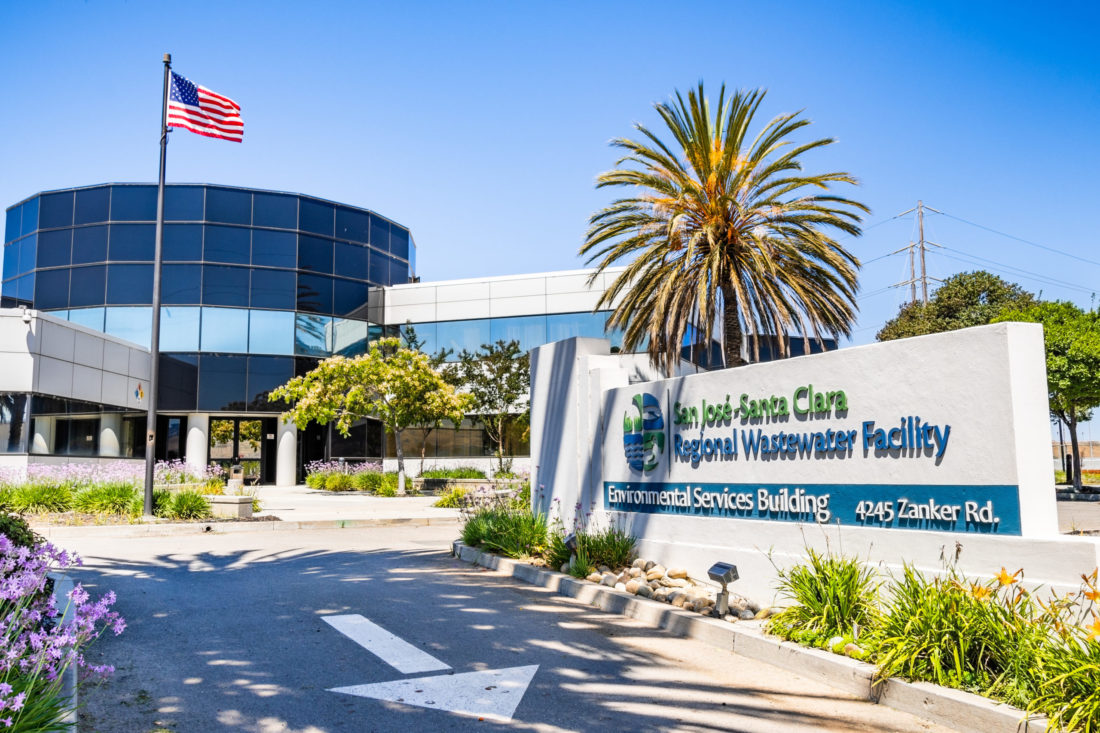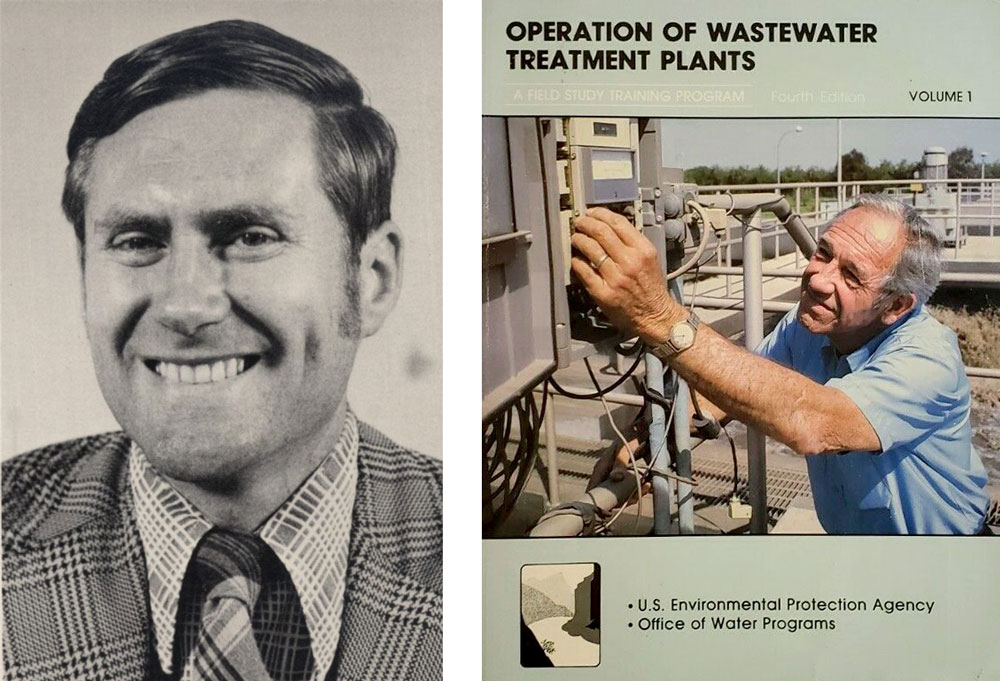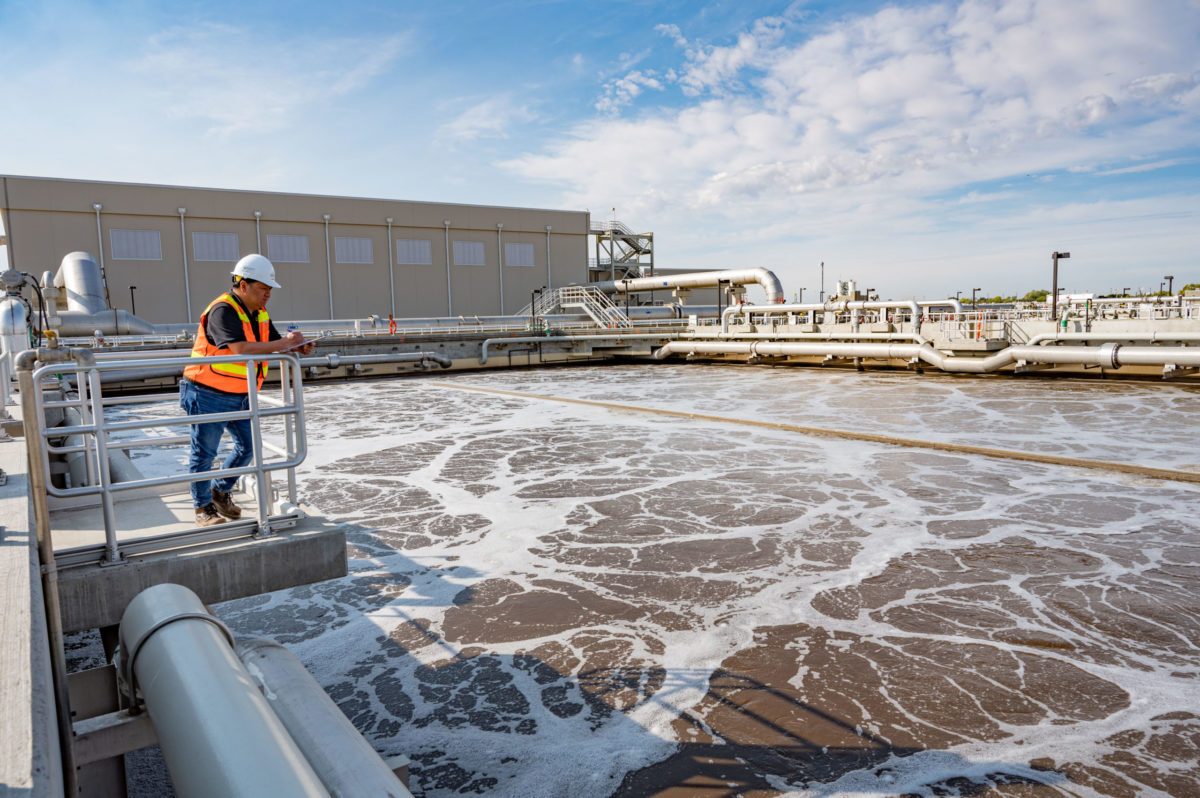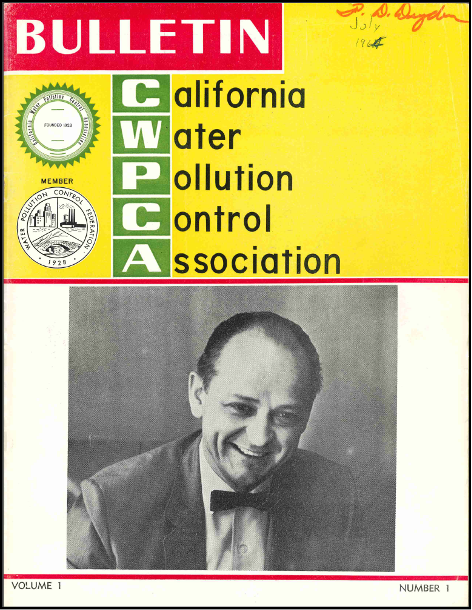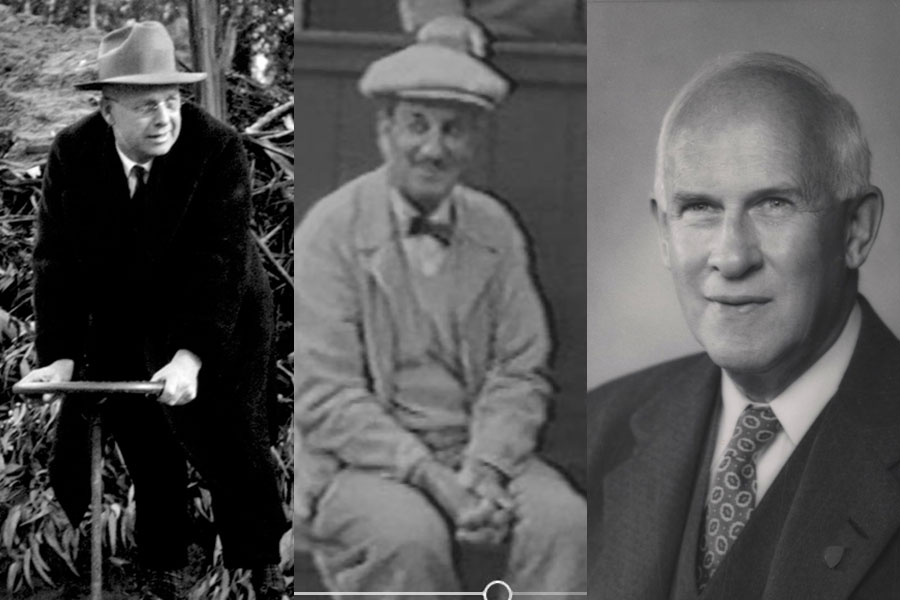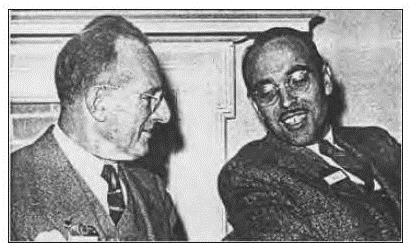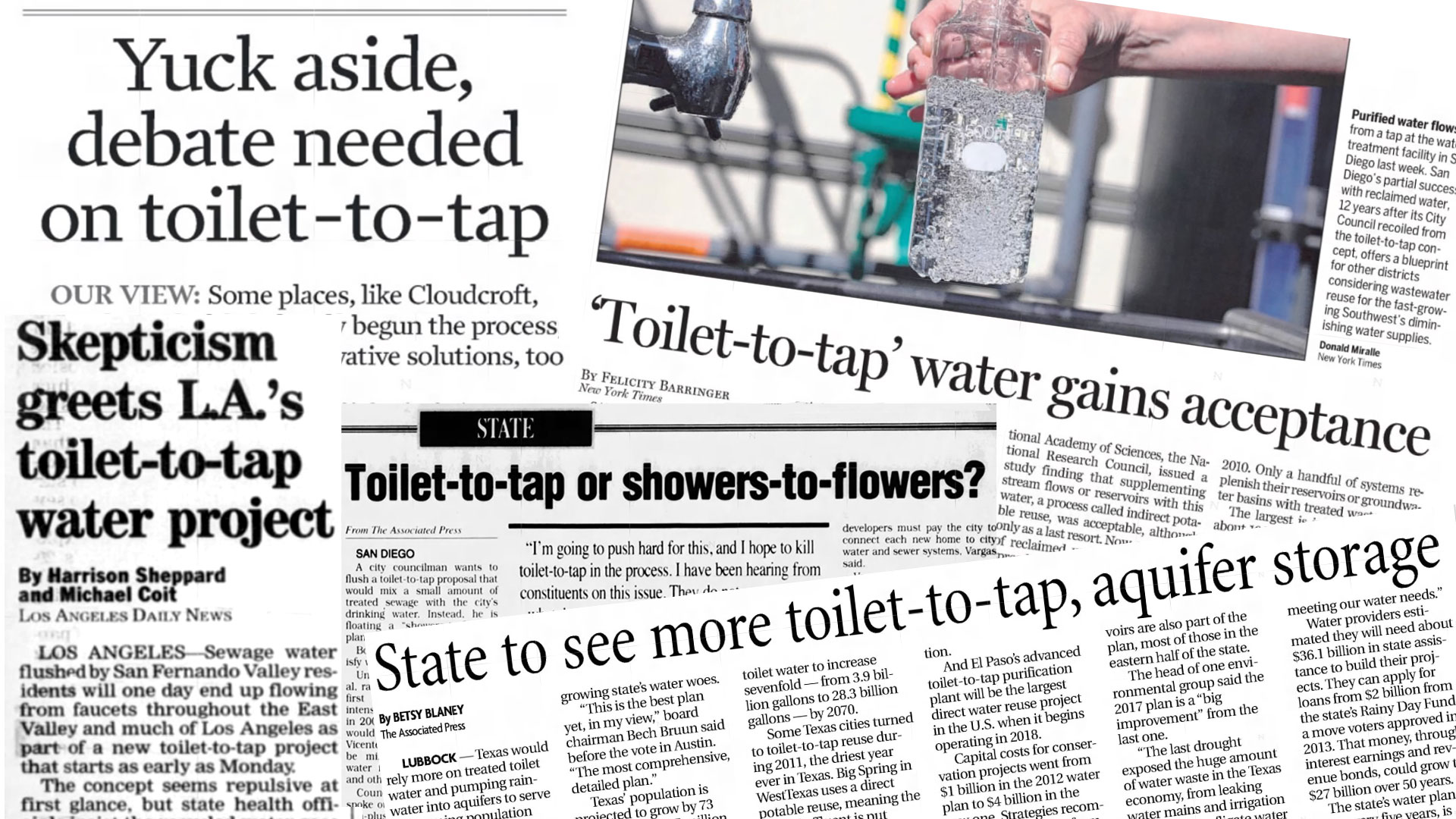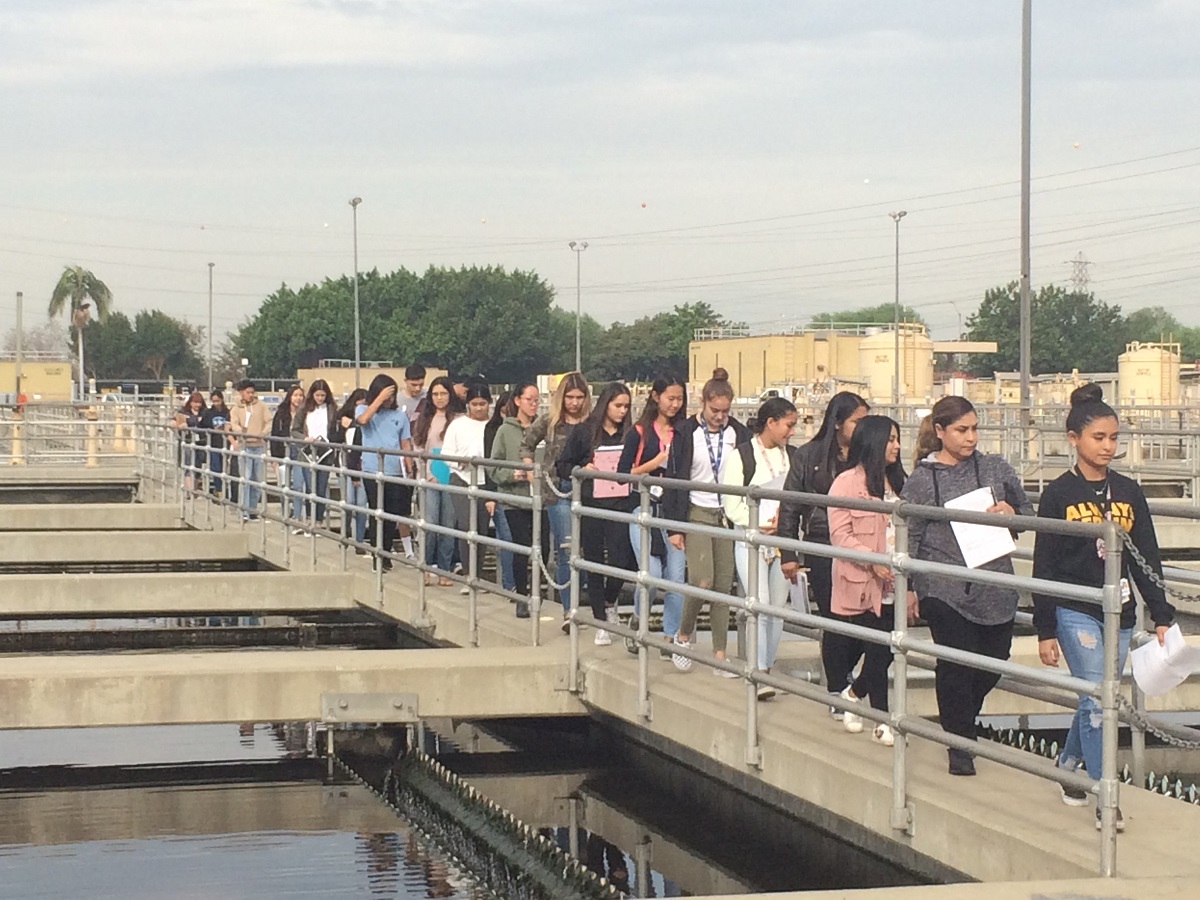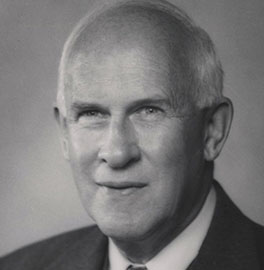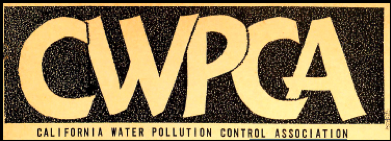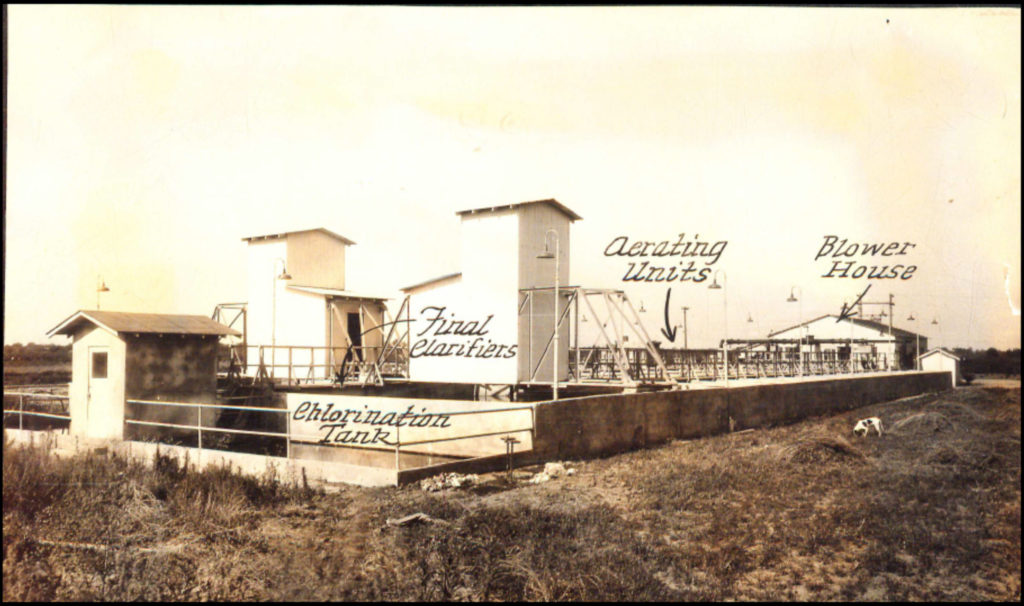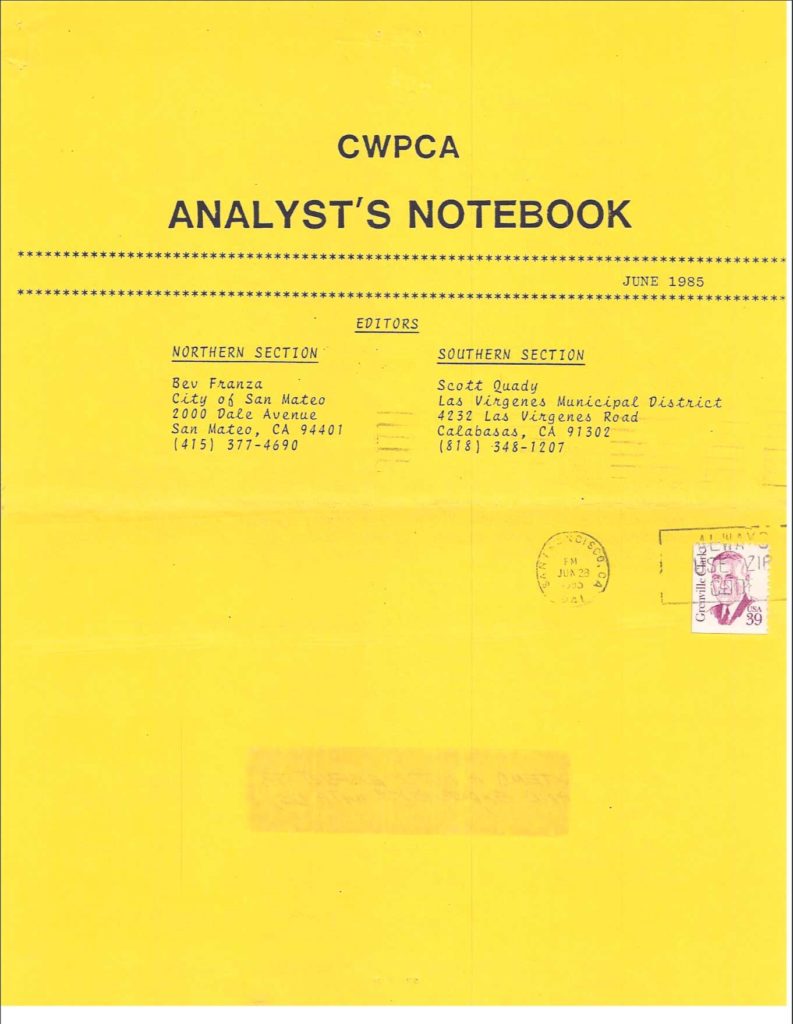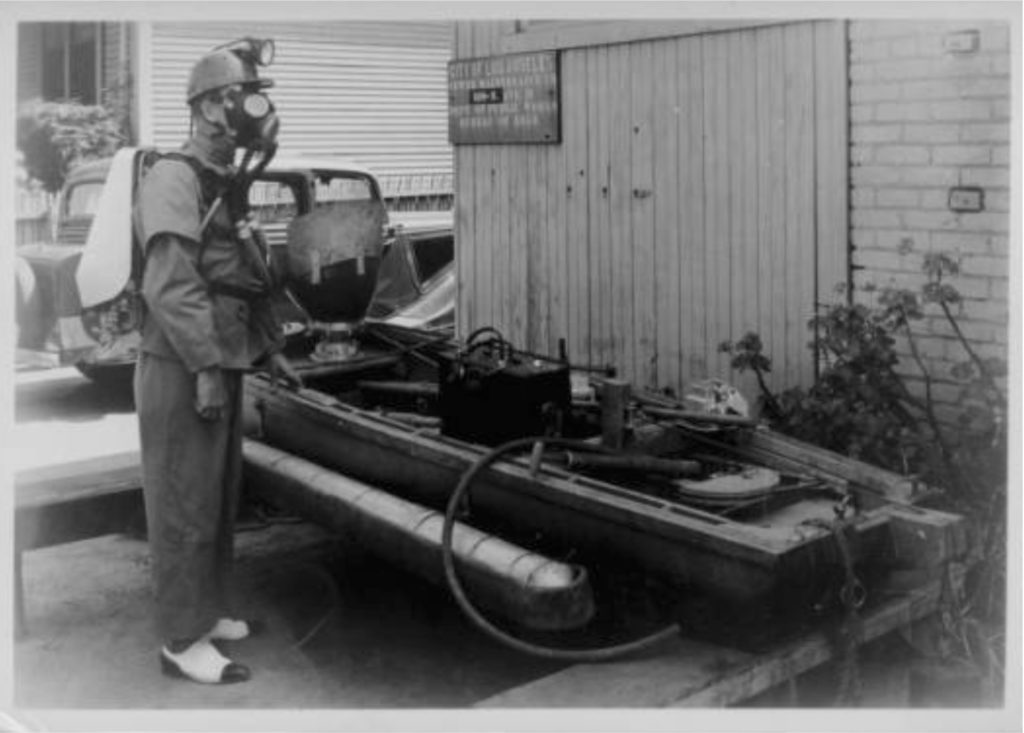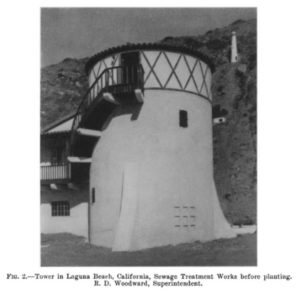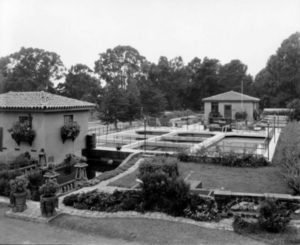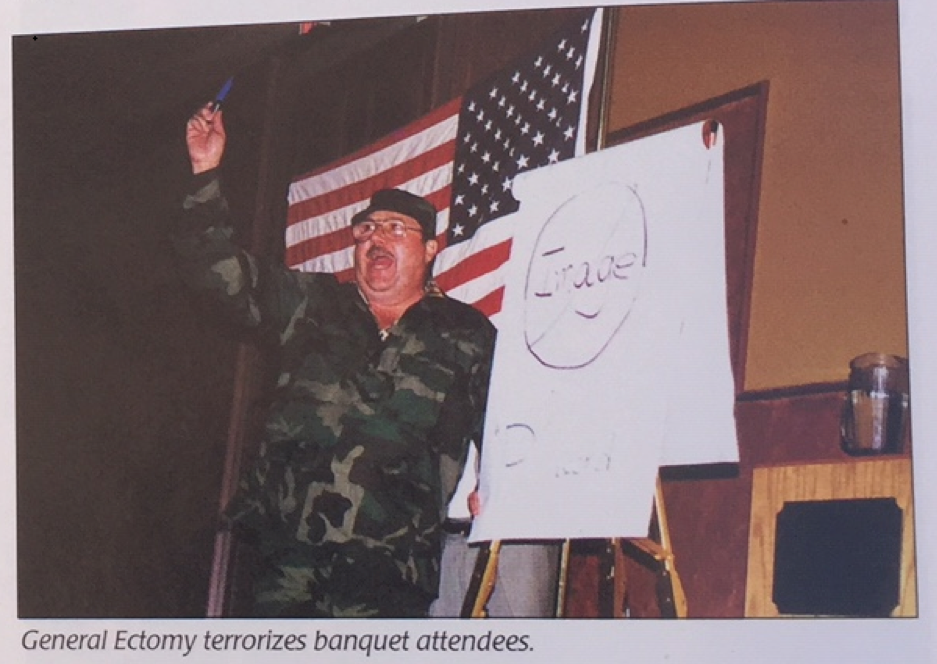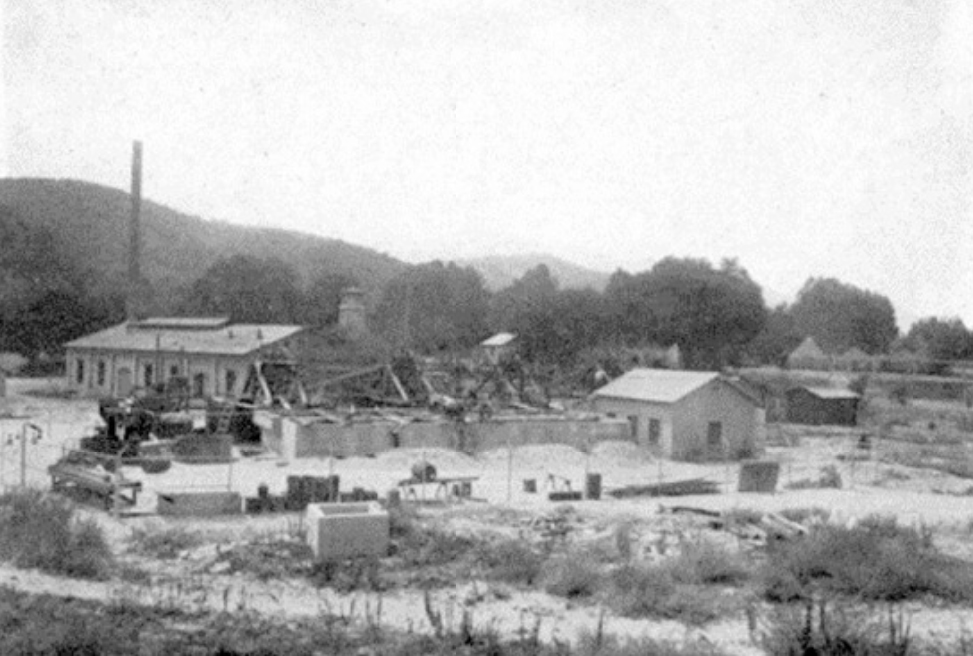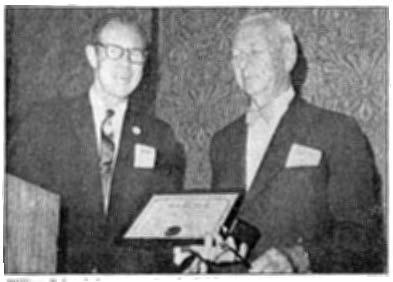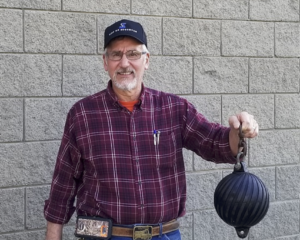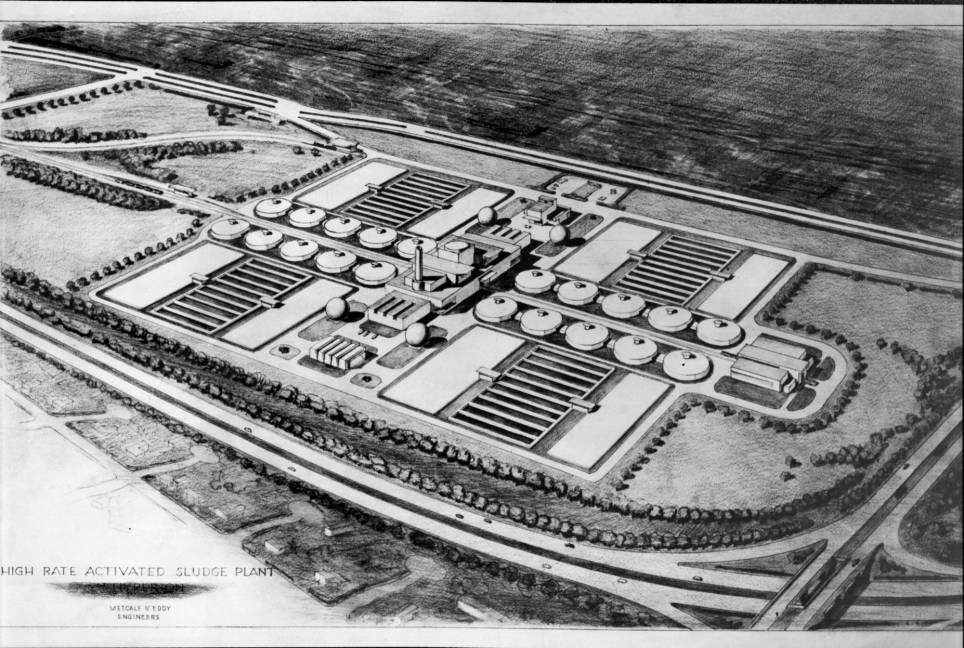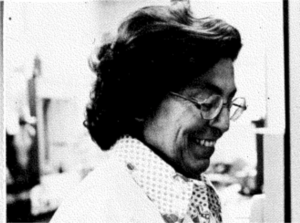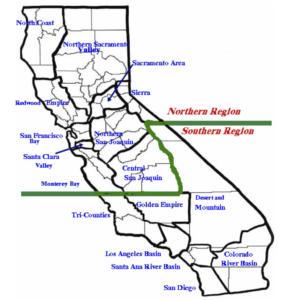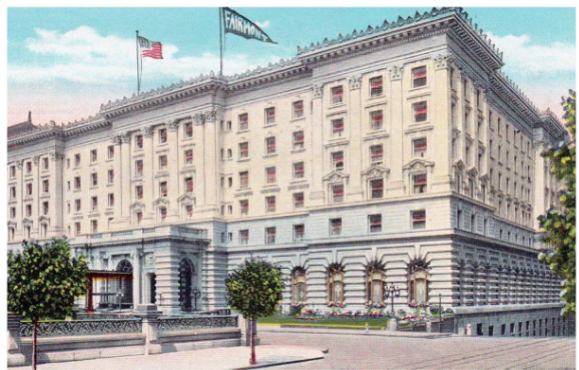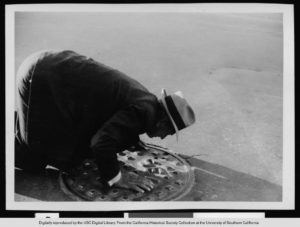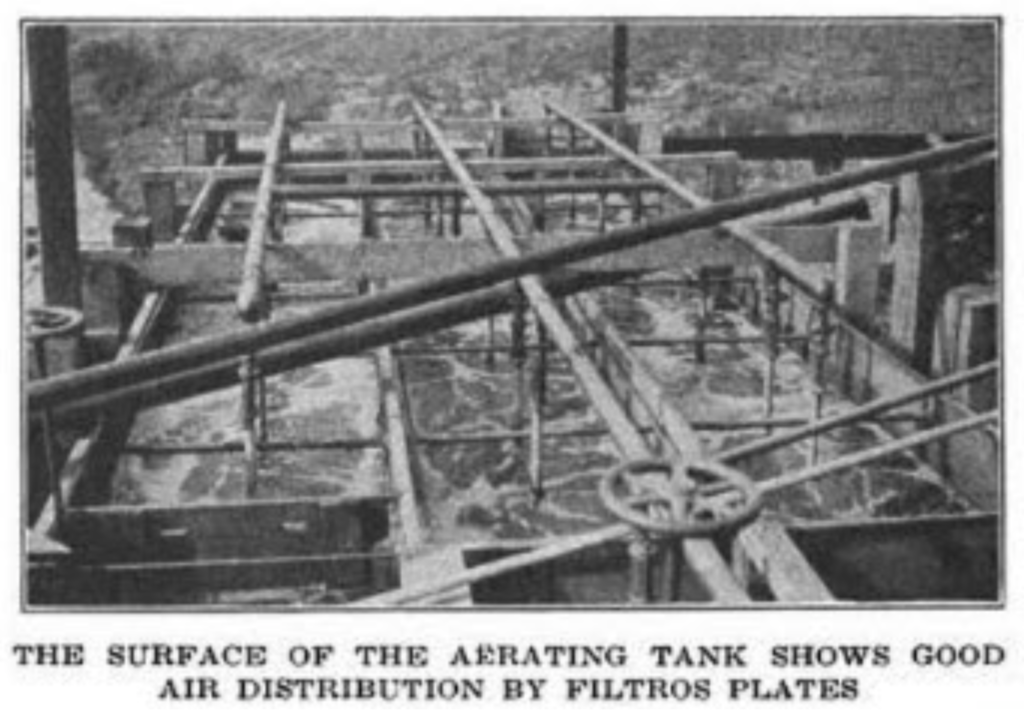History
CWEA history articles
-
NEWS
For the last 25 years, PowerPoint has served as the main presentation tool, replacing outdated technologies such as 35mm slides and overhead projectors. What did presenters utilize prior to 35mm slides? In this CWEA History column, we explore the “Magic Lantern” or “Stereopticon,” along with glass slides, which were instrumental in showcasing presentations and preserving...
-
NEWS
It’s hard to imagine now, but many cities and counties in California provided no wastewater treatment at all prior to ocean discharge. The main types of treatment offered consisted of screening and/or sedimentation before discharge. In 1937-38, only three California cities, Laguna Beach, Oxnard, and Huntington Beach – utilized secondary treatment before discharge, with Laguna...
-
NEWS
The Joint Water Pollution Control Plant was the Los Angeles County Sanitation Districts’ largest treatment plant and provides service for 5 million people. For several years, Sanitation Districts’ leadership had considered changing the plant’s name to better reflect the services the plant now provides. With 2023 being the agency’s centennial, they decided now was the...
-
NEWS
After the first World War, the population in the Los Angeles region began to grow at a rapid rate requiring a regional sewer system and infrastructure overhaul. The County Sanitation Districts of Los Angeles County (CSDLAC) was formed in 1923 when the “County Sanitation District Act” was adopted by the State Legislature. At this time,...
-
NEWS
Ms. Morgan is Guest Editor of the Clean Water magazine’s special edition celebrating the 50th anniversary of the Clean Water Act. View the online edition here. When the Clean Water Act was passed, rivers were catching on fire and there was little in the way of Federal regulations in place to protect the environment for...
-
NEWS
The mission of the US Environmental Protection Agency is to protect human health and the environment. An excellent example of an EPA program that achieves this goal is the Clean Water Act’s National Pretreatment Program. Established in the 1980s, Federal Pretreatment Requirements were established to prevent harmful industrial pollutants from being discharged into municipal wastewater...
-
NEWS
It’s no coincidence that the Clean Water Act (CWA) and the Office of Water Programs (OWP) are both celebrating 50th anniversaries in 2022. The CWA set the stage for the development of OWP’s robust training and research programs that serve many disciplines and communities in the water sector. OWP continues to expand and adapt to...
-
NEWS
In 2010, the Sacramento Regional County Sanitation District (Regional San) faced a daunting task—upgrading its wastewater treatment process to tertiary to meet new National Pollutant Discharge Elimination System (NPDES) permit requirements. That meant removing nearly all ammonia and nitrates from more than 100 millions of gallons of wastewater received every day. To meet the requirements,...
-
NEWS
When an ad for San Diego tourism comes on, you’re guaranteed to see clips of people running on one of their world-famous beaches. Clips of people riding surfboards, paddling around in the Bay or a slow camera pan of sun-kissed water and a sandy beach. San Diego is a water wonderland, with “70 miles of...
-
NEWS
Dr. Nicholas Pinhey, CWEA Historians Work Group Our History in Publications A significant benefit of an association is its ability to facilitate the distribution of information between its members. This communication can take many forms and use a variety f channels such as meetings, conferences, training sessions, networking, social media, and the distribution of published...
-
NEWS
As the History Committee started to review our archives, it was found that the biographical documentation of our Association’s Past Presidents for CWEA’s first decade was noticeably lacking and photographs of our Past Presidents were almost non-existent. Thus, the challenge of documenting our early Past Presidents is the perfect task for the CWEA History Committee. We learned,...
-
NEWS
Charles Gilman Hyde was born in Yantic, Connecticut on May 7, 1874. He was the youngest of Rodney and Kate Rhode Hyde’s nine children, five of whom died in one of North America’s last cholera epidemics. It has been speculated that it was this tragedy that drew Professor Hyde to the field of Sanitary Engineering.[1] Hyde...
-
NEWS
1986-1992: California endures one of its longest droughts. 1989: Earle Hartling, a water reuse coordinator with the Los Angeles County Sanitation Districts, begins discussions with Upper San Gabriel Valley Municipal Water District (Upper District) about a water purification and replenishment project to help refill the declining local aquifer. 1991: Suffering from severe water restrictions, the...
-
NEWS
This article first-appeared in the Los Angeles City Historical Society newsletter. Reprinted here with permission. The catchy phrase toilet-to-tap often appears in stories about recycling, despite recent widespread use of reclaimed water that is pumped into groundwater aquifers in Southern California. Even the New York Times in a recent story about recycling referred to the...
-
NEWS
The CWEA History Committee’s Mission Statement, like all good mission statements, provides the Committee with a basis for developing and organizing its various tasks each year. Our Mission is: “To collect publications and articles, photographs, and other memorabilia of the Association, sections, committees, programs and Leaders. The Committee will organize, catalog and archive materials. Also,...
-
NEWS
Part I of this series presented the history of the development of the City of Pasadena’s Tri City Sewage Treatment Plant (1887 to 1924) to provide the background and need for an updated regional treatment facility. In summary, the development of the Tri City Plant was driven by the pressures of growth and development around...
-
NEWS
Note: this is a first part of a series on the City of Pasadena’s Tri-City treatment plant and the CSWA. Part I provides the background on how the plant was developed. Part II will provide information on the CSWA conference tours, the plant-of-the-year award, and technical presentations related to the Tri-City treatment plant. The history...
-
NEWS
The CWEA History Committee was recently asked for the dates of the various name changes that our Association has adopted over the years. The initial question generated two more “naming” questions: what were the Association’s prior names and why were the changes made? Answering the prior names question was easy – CWEA started out as the California Sewage Works Association (CSWA), transitioned to the California Sewage and Industrial Wastes Association...
-
NEWS
While an association’s name is its primary element of branding, its logo is the visual representation of the association’s identify. The logo provides a means to quickly identify the association and its services. The logo should be created with visual tone and appeal that is linked strategically to the association’s mission and “story”. The current...
-
NEWS
Pioneering the Activated Sludge Process in California The City of Lodi’s 1923 Sewage Treatment Plant
The Significance City of Lodi’s 1923 Sewage Treatment Plant The CWEA History Committee published an article in the winter 2017 edition of the CWEA Wastewater Professional documenting the centennial of the use of the activated sludge process in California (1917-2017). As discussed in the article, the adoption of the activated sludge process by California utilities...
-
NEWS
As many of you know, I am an old guy when it comes to environmental laboratories. To put it in perspective, the 13th edition of Standard Methods was in; the hip new thing was flame AA; and there were only 6 pesticides and 2 herbicides in the world. Both the Safe Drinking Water and Clean...
-
NEWS
When I was a youngster growing up in Los Angeles, my family had a neighbor and friend who was an engineer working for the City of Los Angeles. “Bud”, as he liked to be called, told a story of how one of the main sewers in Los Angeles was inspected by boat. He described how...
-
NEWS
“The 1935 Laguna Beach Sewage Treatment Plant is a significant surviving public works facility from a community that greatly upgraded its infrastructure in the 1930’s with New Deal assistance to accommodate projected growth.The town could not become the popular artistic and tourist destination without this facility.The facility design, intended to blend with the romantic geography...
-
NEWS
The CWEA History Committee’s “Forgotten Facilities” series highlights historically significant California wastewater treatment plants that are connected to the history of our Association. So far, the treatment plants in the series have been decommissioned, repurposed, or demolished, thus the “Forgotten Facilities” title. The wastewater treatment plants documented by the History Committee are notable for being...
-
NEWS
The CWEA History Committee produces articles about the people, programs and plants that are significant to the history of our Association. In this edition of Clean Water, we will highlight one of CWEA’s most popular and visible awards – the California Chapter of the Select Society of Sanitary Sludge Shovelers (CWEA 5-S). The Select Society...
-
NEWS
In the mid-1920’s, with the Metropolitan Water District of Southern California just forming and the Colorado River water supply not yet secured, the LADWP recognized that its water supplies would be outstripped by the rapid growth and development of Los Angeles. In late 1929, because of the forecast water demands, LADWP officials decided to pursue...
-
NEWS
by Joe Haworth (as published in the Winter CWEA Bulletin 1996) That’s right! Members of the Select Society of Sanitary Sludge Shovelers for the California Water Environment Association can proudly proclaim that American icon, Rube Goldberg, is a member and a colleague. Mr. Goldberg, a well known cartoonist famous for gadgets and strange looking machinery,...
-
NEWS
You never know what you will find when researching CWEA’s history! The following article describes how researching the development of CWEA’s Local Sections and collection systems maintenance training led to finding an unexpected classic Hollywood “A-List” connection to our Association. A Certification Question The CWEA History Committee elected to use the following old collection system...
-
NEWS
The CWEA History Committee recently had the good fortune of acquiring a 1943 CSWA Annual Convention and Conference program from the estate of the late Roy E. Ramseier, consulting engineer and longtime member of CWEA. In 1943, Mr. Ramseier was serving as Senior Sanitary Engineer, Pacific Division of the U.S. Engineering Department and was actively...
-
NEWS
In keeping with the October Wastewater Professional theme of “Women in Water,” the CWEA History Committee has produced a brief profile of a woman who was a pioneer in the history of CWEA’s governance. Background Historically, the wastewater collection and treatment field in California was dominated by men through most of the 20th century. And,...
-
NEWS
“The CWEA has divided the state into 17 geographical Local Sections to accommodate its members’ needs across the State in a local format. Local Sections are grouped into two regions, Northern and Southern, and have quarterly Regional Committee meetings to discuss regional or statewide issues, and to share information with other Local Sections. Each CWEA...
-
NEWS
2018 marks the 90th anniversary of the founding of the California Water Environment Association and the CWEA History Committee is counting down to the 2028 CWEA Centennial. To mark our 90th year, the CWEA History Committee has compiled some CWEA “founding facts.” AWWA and the Founding of CWEA – 1928 Did you know the American...
-
NEWS
Did you know that CWEA’s second President was an early leader in the field of collection system maintenance? The CWEA History Committee uncovered this little-known fact when we started documenting our early Association leaders. The CWEA History Committee introduced its “Past President Project” in the January 2015 issue of the Wastewater Professional. The goal of...
-
NEWS
100 Years of Activated Sludge in California 1917-2017 This article describes some of the research process into the history and development of the activated sludge process in California. This research will be used for a paper that discusses the history of the activated sludge process in California from 1917 to 2017. If you have additional...

